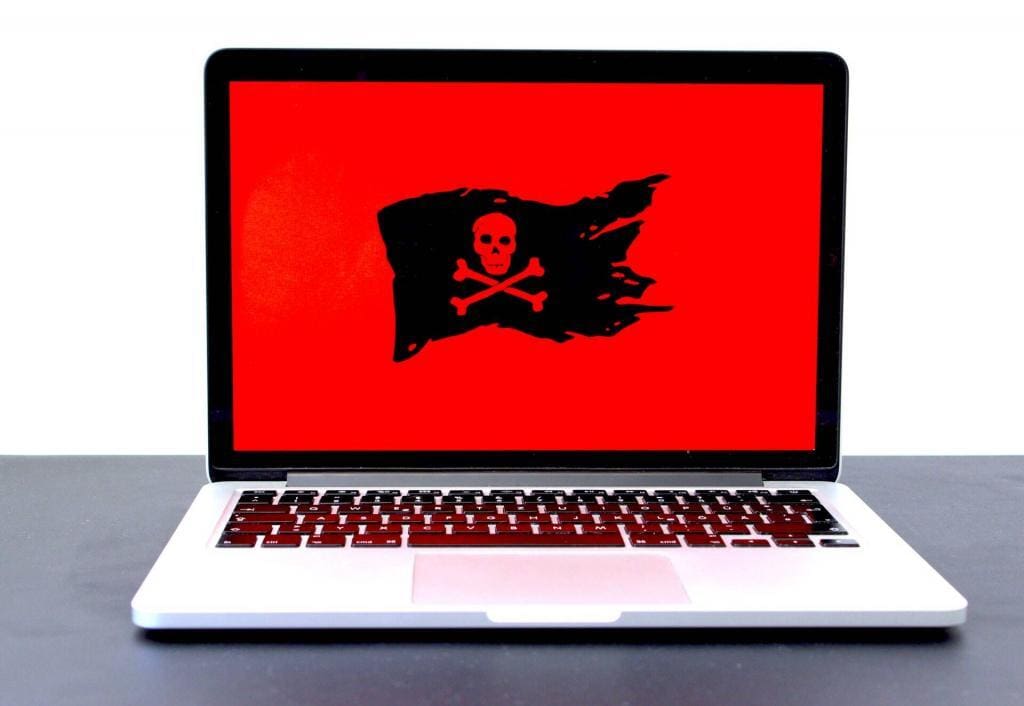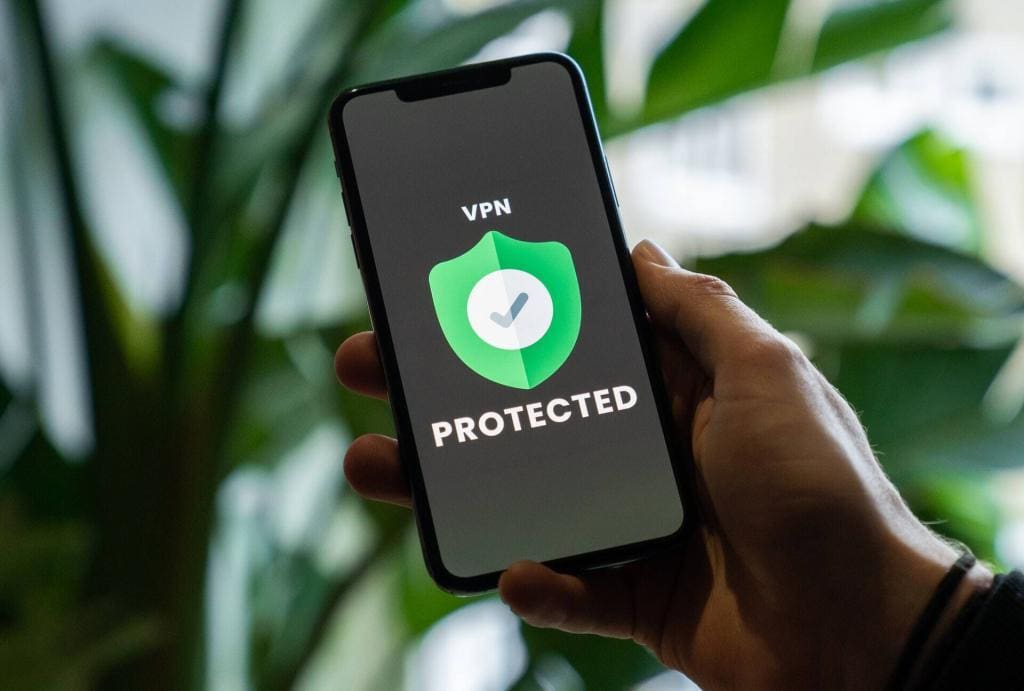4 Dangers of the Internet and How to Avoid Them

The Internet is a limitless world of information that provides ample options for communication, education, organization of work, and leisure. It may seem like it is a boon to modern society. Any information could be found on the net in seconds, from the most popular VR headsets to statistical data on raccoons’ breeding. At the same time, it is a global trashcan and a criminals’ playground.
Every day, users replenish the database that contains information about their location, vacations, bank transfers, etc. To avoid falling into a trap, use in-build browser antivirus software and check the names of the websites.
For example, students often order paper writing services. Those who use such sites for the first time may follow some unchecked links and lose their money without getting any papers. Yet, writers from EssayHub help writing essays and ensure clients’ safety and high quality of the papers. To try it, type in Google search “write essay for me“ or follow the link in the text. This link forwards the user directly to the website. Using this service does not require any preliminary money transfers for registration or anything of the kind.
There are two main types of threats that await neglectful users:
- technical
- social engineering
Technical Threats
Among them, internet safety specialists highlight DoS and DDoS attacks and various malware.
Malicious Programs
The purpose of malware is to damage a computer, server, or computer network. It can, for example, steal or erase data stored on the computer, slow down or completely stop the operation of the device. Malware often hides in messages with tempting offers from unknown individuals and companies. Users get it from the pages of news sites or other popular resources. They visit the sites and the malware infiltrates the computer leaving the user unaware of the fact that the computer’s safety has been compromised.
Malicious programs can also hide under the guise of sound or graphic messages. For example, a beautiful screen saver that the user admires may turn out to be a Trojan. Also, cybercriminals spread malware via email and flash drives or embed it in the files downloaded from the internet. Files or links sent by email can expose vulnerable devices to these programs.
It is safe to follow links like https://essayservice.com/physic-homework-help though. Typing “essay service” in a search engine in preinstalled internet security add-ons will show you a green checkmark next to it. This mark means that the page is safe for users.

Malware includes:
- Viruses – capable of self-replication and invisible to the user. They embed in files, boot sectors of disks, and documents.
- Worms – spread by crawling from one device to another.
- Trojans – enter the system disguised as a legit program or file. They are used to collect, destroy, or modify information, disrupt the performance of a computer, or use its resources for criminals’ purposes.
DoS and DDoS attacks
During a DoS attack, an attacker overloads the network, or a processor, makes a specific server temporarily unavailable, or overloads a disk. The attack aims to disable the computer to seize all the resources of the victim computer so that other users do not have access to them.
Resources include:
- memory;
- processor time;
- available space on drives;
- network resources.
Social Engineering
Most attackers rely not only on technology but also on human weaknesses. Cybercrimes based on luring people into doubtful schemes are called social engineering. It is a way to get the information through deception and cunning instead of technical tricks.
Social engineers often use psychological tricks when interacting with people through email and social media. As a result of their skillful work, users voluntarily give out their data, not always realizing that they have been deceived.
Fraudulent Messages
Most often, they include threats. Many cybercriminals threaten to compromise the safety of bank accounts, promise huge winnings with little or no effort, and request donations for charities. For example, a message from an attacker might look as follows: “Your account has been blocked.
To restore access, confirm your name, password, phone number, and email. Send them to … ” Most often, cybercriminals do not leave the user time for reflection. For example, they ask to follow the link immediately or pay on the exact day they receive the letter.
Phishing Attacks
It is the most notorious method of attacking users. The purpose of phishing is to gain access to confidential data such as an address, phone number, credit card numbers, logins, and passwords by using fake web pages.
A phishing attack often happens in the following way: a user gets an email that requests entering some internet banking system on behalf of an alleged bank employee. The letter contains a link to a false site, which is difficult to distinguish from the real one. The user enters personal data, and the attacker intercepts it.

Safety First
Do these simple things to avoid cyber frauds and attacks:
- Use internet-safety add-ons and VPN services for browsers.
- Read the names of the websites attentively.
- Avoid following unknown links.
- Never open messages from banking organizations sent from personal accounts.
- Before paying via credit card, check the services’ reliability.
- Do not give out any personal data.
- Try using different nicknames when registering on sites. By doing so, when checking spam letters, you will know which one gives out your info.
Since you’re here …
… we have a small favour to ask. More people are reading Side-Line Magazine than ever but advertising revenues across the media are falling fast. Unlike many news organisations, we haven’t put up a paywall – we want to keep our journalism as open as we can - and we refuse to add annoying advertising. So you can see why we need to ask for your help.
Side-Line’s independent journalism takes a lot of time, money and hard work to produce. But we do it because we want to push the artists we like and who are equally fighting to survive.
If everyone who reads our reporting, who likes it, helps fund it, our future would be much more secure. For as little as 5 US$, you can support Side-Line Magazine – and it only takes a minute. Thank you.
The donations are safely powered by Paypal.












